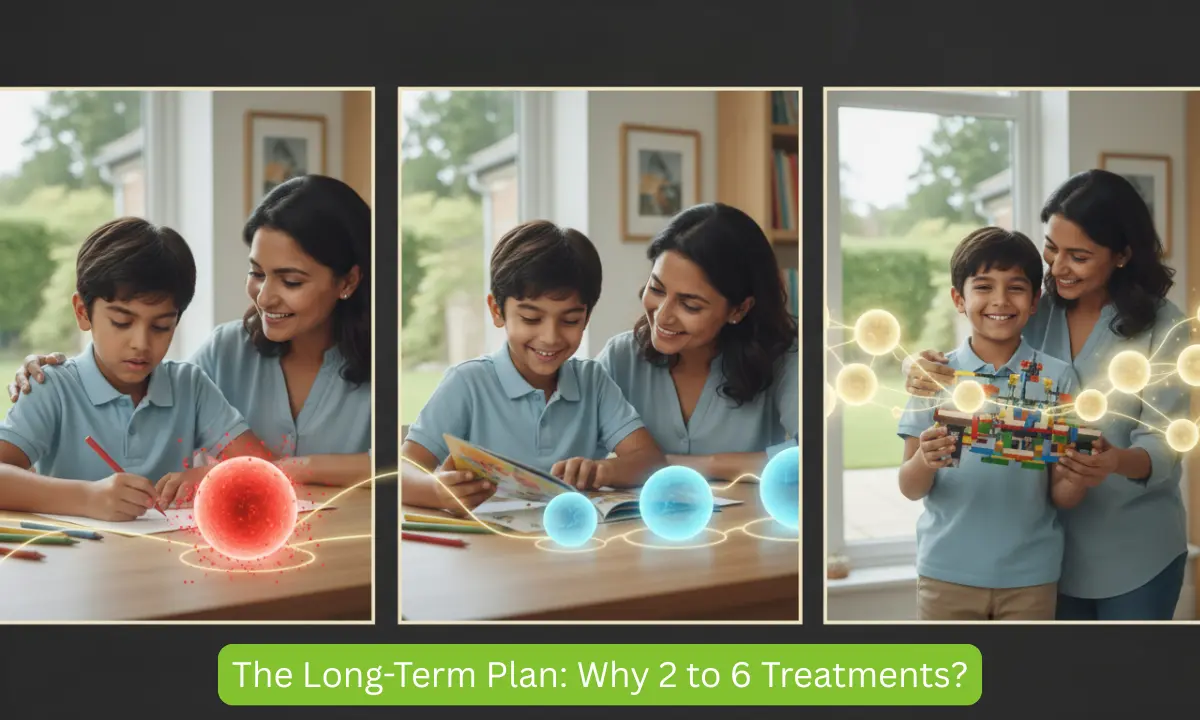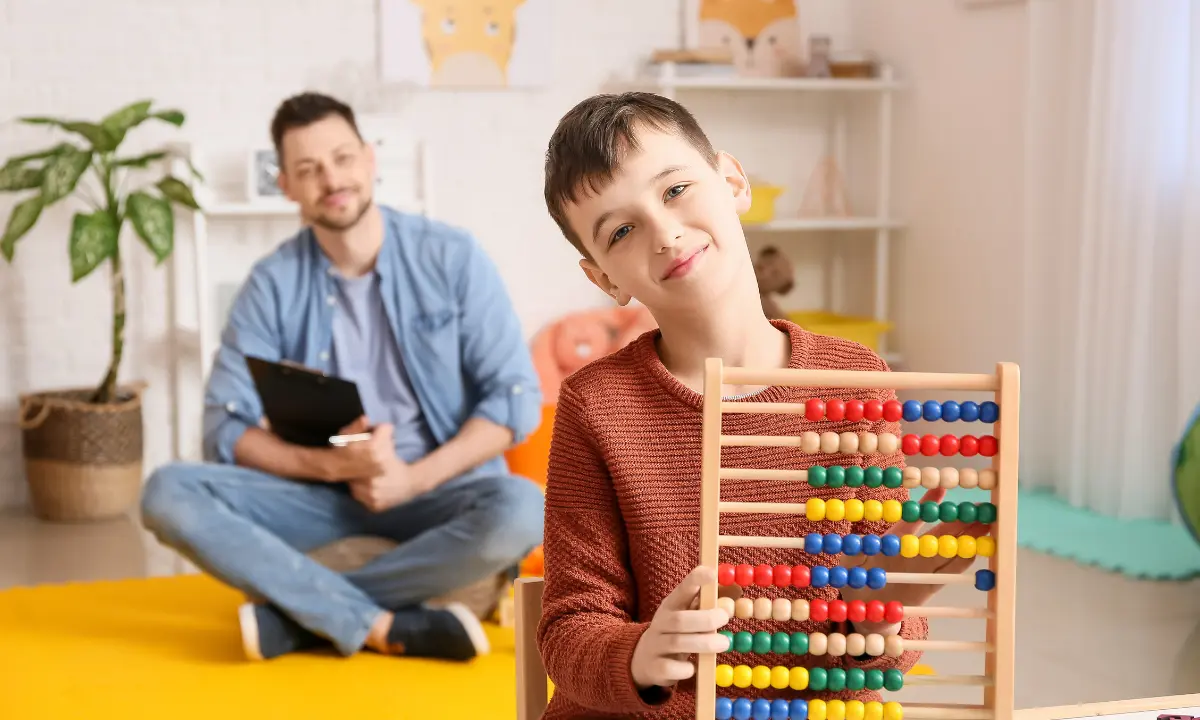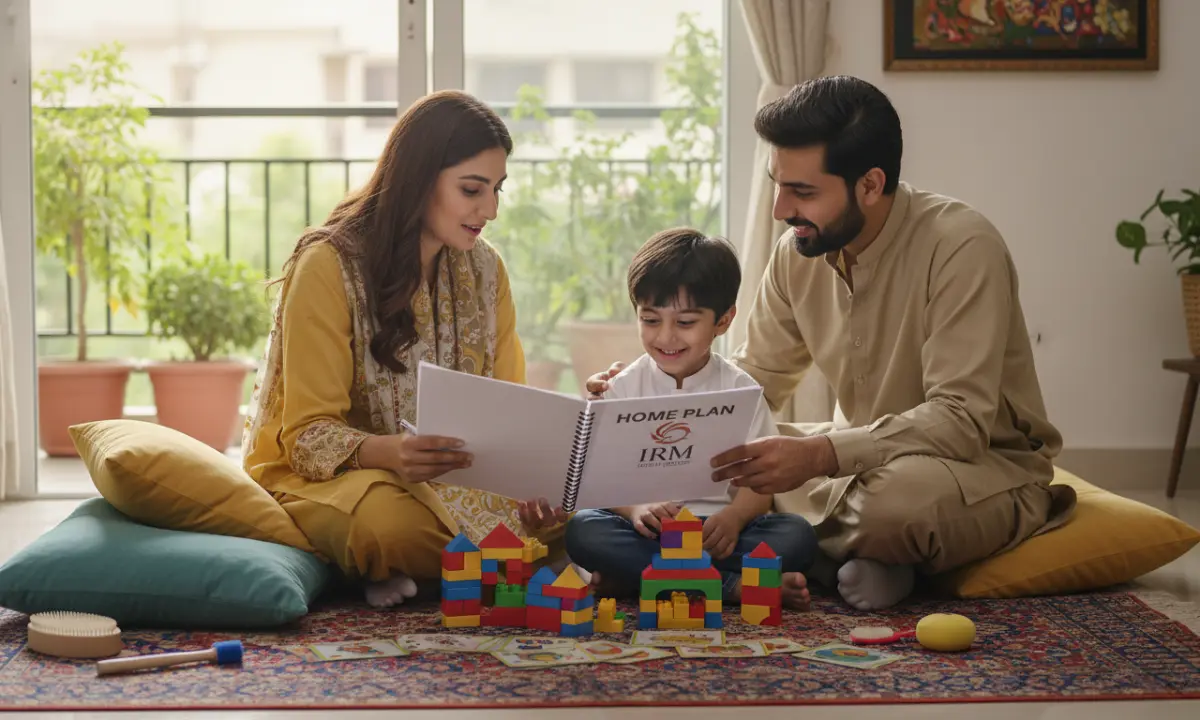
The Importance of Boosters: How Many Stem Cell Treatments Does a Child Need?
After a family completes their first comprehensive stem cell protocol for autism, they often see promising changes. The initial “static” of inflammation and agitation may quiet down, revealing a new level of focus and receptiveness. This progress is exciting, but it naturally leads to the next question: “Is that it? Or will we need to do this again?”
If you’re new to stem cell science, learn more about what stem cells are and how they work in therapy.
Table of Contents
A Long-Term Strategy
For a complex neurodevelopmental condition like autism, a single treatment is often just the beginning. The goal of stem cell therapy is not a one-time fix but a long-term autism treatment strategy. This is why the concept of “booster” treatments is a key part of our protocol.
Each child begins with a foundational one-month treatment that lays the groundwork for future progress. Explore how the initial IRM autism treatment plan works here.
A Long-TWhy a Single Treatment Isn’t Always Enougherm Strategy
The first stem cell treatment aims to reduce systemic and neurological inflammation that contributes to many of an individual’s most challenging symptoms. The result is a calmer, more balanced internal environment, a new foundation for progress.
You can read more about chronic inflammation and its role in autism and neurological conditions.
However, the underlying conditions that allowed that “fire” to start (like immune dysregulation or gut-brain axis issues) may still be present. Over time, those inflammatory pressures can build again.
This is where stem cell booster shots come in. They are not like vaccine boosters. They are subsequent, full-therapeutic treatments designed to maintain the gains, continue to suppress inflammation, and further optimize the neurological environment for learning and development.
The 6-Month Follow-Up: Assessing the Trajectory
Progress after stem cell therapy is measured in weeks and months, not days. This is why our standard recommendation is a 6-month follow-up consultation.
This timeframe is critical for two reasons:
1. It allows time for the full effects of the initial therapy to unfold and for intensive speech therapy and behavioral therapies to take effect.
2. It provides a clear checkpoint to assess the child’s progress. Have the improvements been maintained? Has the child’s developmental trajectory shifted? Are new gains still being made?
At this 6-month mark, our medical team can consult with the Family to review progress and determine whether a second treatment is appropriate to sustain the positive momentum.
For families curious about post-treatment recovery, here’s how we manage potential side effects of stem cell treatment in children.
The Long-Term Plan: Why 2 to 6 Treatments?
Our prospectus is transparent about the potential frequency of stem cell therapy. It notes that progress may require between 2 and 6 treatments over several years. This is not an arbitrary number. It reflects the chronic, complex nature of autism.
Cumulative Effect
The goal is to achieve a cumulative effect. The second treatment builds on the foundation of the first; the third builds on the second. Each therapy is another “push” to reduce inflammation and enhance neuroplasticity.
Individual Response
Every child is unique. Some children may see a profound and lasting response after one or two treatments. Others may benefit from several treatments spaced 6-12 months apart to keep their system in an optimal state.

To understand how this long-term approach contributes to better outcomes nationwide, explore the benefits of stem cell therapy treatment in Pakistan.








